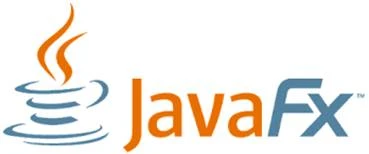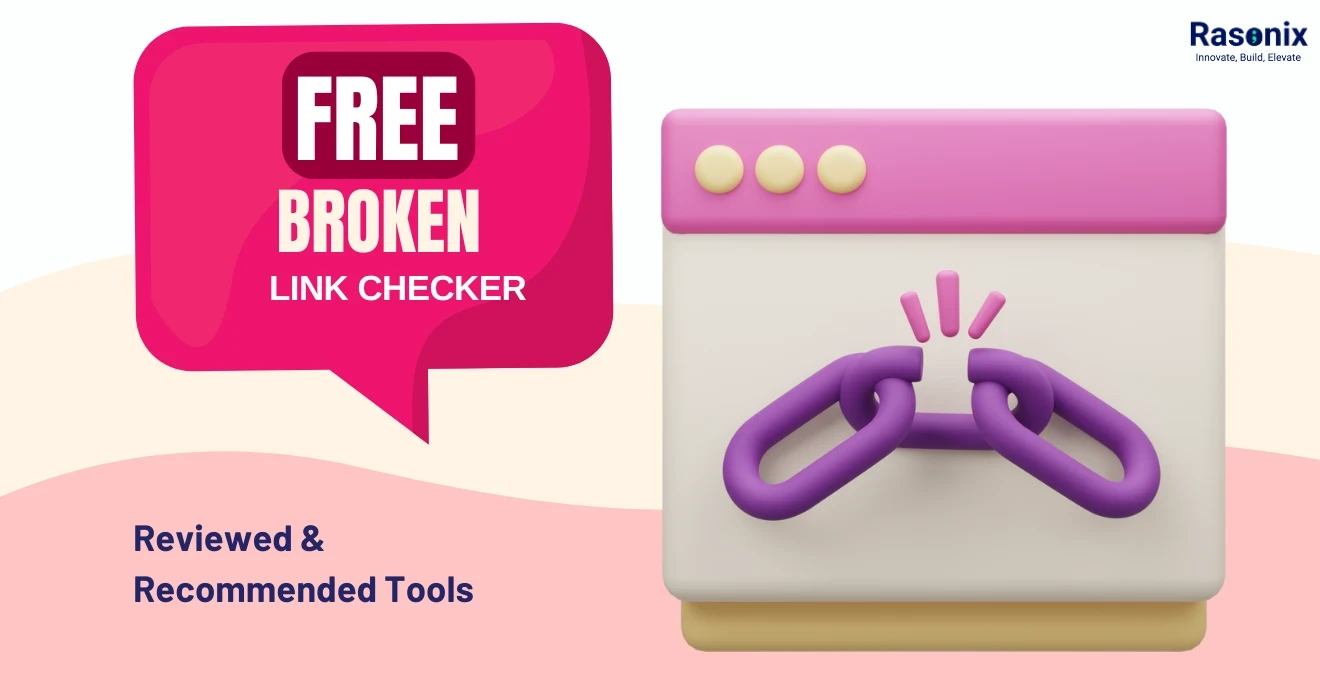With the constantly changing landscape of web development, new languages and frameworks emerge and fall at a dizzying pace. But through all of this, Java has emerged as a consistent and mighty presence, particularly in the backend scene. From driving complex enterprise applications to processing millions of transactions in one second, Java's reliability is unquestioning. But there's one question that continually arises: Can Java be utilized on the front end effectively as well?
Whereas HTML, CSS, and JavaScript have long dominated the front end, emerging innovations have now made room for Java front end technologies to find its own niche in the world of UI development. Whether you're developing interactive dashboards, cross-platform desktop applications, or tools for the browser, Java provides a number of tools and frameworks that are definitely worth a look.
In this blog, we're going to break down the front end world of Java. We'll look at major Java front-end technologies such as JavaFX, Vaadin, GWT, and even languages such as JPro that help bridge the gap between Java and current web interfaces. We'll talk about when and why you would opt for Java for UI, how it complements popular back end frameworks such as Spring Boot, and where it fits in current full-stack workflows.
If you’ve ever wondered whether Java can do more than just run behind the scenes, this guide is for you.
Java's Influence on Front-End Development
While Java is not the first language that comes to mind when discussing front-end development, it plays a critical supporting role through technologies like servlets, JSP, and frameworks that generate dynamic HTML content.
The real magic, however, lies in Java's backend power that complements the front end beautifully. Spring Boot, for example, allows developers to expose clean REST APIs that front-end frameworks like Angular or React can consume. Using @RestController, Java developers can rapidly build endpoints that return JSON, making client-side rendering seamless. Additionally, Java integrates smoothly with GraphQL, providing more efficient data fetching in complex UI applications.
Popular Java-Based Front-End Technologies
1. Vaadin

Vaadin bridges the gap between Java and modern web UI by allowing developers to write client and server-side code entirely in Java. It supports two approaches:
Flow: Write your UI in Java; the framework handles the rendering.
Fusion: For more client-heavy applications, use TypeScript/JavaScript.
Best for enterprise apps needing tight control over UI logic and security.
2. JavaFX

JavaFX is a Java-based UI toolkit primarily aimed at desktop applications, not web browsers. While it's highly effective for building rich, desktop GUIs, it doesn’t run natively in browsers. However, tools like JPro bring JavaFX to the browser, allowing Java developers to reuse skills in web environments.
3. GWT (Google Web Toolkit)

GWT compiles Java code into optimized JavaScript, enabling Java developers to build client-side applications without writing JavaScript.
Useful in scenarios where a unified Java codebase for front and back-end is preferred, and for complex enterprise applications requiring strong typing and tooling. GWT’s compiler produces highly efficient JS, often matching or surpassing hand-written alternatives in performance.
4. JPro: Running JavaFX in the Browser

JPro allows JavaFX applications to run directly in the browser without plugins. This enables a true Java-to-web pipeline, particularly attractive for businesses with strong Java expertise looking to deploy interactive UIs on the web.
Front-End vs. Back-End: Where Java Truly Belongs
While Java front-end frameworks exist, the language’s sweet spot remains backend development. Here are some key backend technologies that reinforce Java's position:
- Frameworks: Spring Boot, Spring MVC, Microservices (Spring Cloud)
- Persistence: Hibernate, JPA
- Build Tools: Maven, Gradle
- Others: Kafka, RabbitMQ (Messaging), Redis (Caching), Elasticsearch (Search)
These tools form the core of scalable, secure, and maintainable backend services that front-end frameworks depend on.
Java in Modern Web Development Workflows
Modern web applications are built using agile workflows involving CI/CD, containerization, and strong testing. Java integrates easily with popular DevOps tools:
Key DevOps Tools Integrated with Java Development:
- CI/CD: Jenkins, GitLab CI, CircleCI
- Testing: JUnit, TestNG, Mockito
- Containerization: Docker (for packaging Java apps), Kubernetes (for orchestration)
- Monitoring: Prometheus, Grafana, ELK Stack
Java’s mature ecosystem and vast community support make it a trusted choice for mission-critical systems.
Java’s Enterprise Strength: Integrating with Systems like SAP
Beyond development tools, Java plays a critical role in integrating with large enterprise resource planning (ERP) systems. SAP, which stands for Systems, Applications, and Products in Data Processing, is a prime example.
Java applications, often built with Spring, commonly interact with SAP modules through various connectors to exchange business data, power custom dashboards, or enable seamless workflows. This highlights Java’s robust capability in connecting diverse enterprise landscapes.
When (and Why) to Use Java for Front-End Projects
- You’re targeting desktop and browser UIs: JavaFX + JPro is a solid combination.
- You need tight UI-backend integration: Vaadin offers a secure, cohesive stack.
- You want to maintain a pure Java stack: GWT enables full Java development even on the client side.
- You’re an enterprise with strong Java talent: Leverage Java front-end frameworks to minimize context switching.
Still, for pure front-end projects with heavy interactivity, JavaScript-based frameworks (React, Vue, Angular) remain better suited.
Conclusion:
Java is far from obsolete in the front-end space. With frameworks like Vaadin, JPro, and GWT, plus its rock-solid backend reputation, Java continues to thrive in enterprise-grade web development. The key is knowing where and how to use it and with the right tools and team, Java can power stunning user interfaces and robust backend systems alike.
Power Your Java Projects with Rasonix
At Rasonix, we specialize in full-stack development solutions tailored to modern enterprise needs. Whether you're building a dynamic front-end with JavaFX or Vaadin, or orchestrating complex microservices on the backend using Spring Boot, our expert team has you covered.
Our Services Include:
- Full-stack Java development (Spring Boot + Angular/React)
- Enterprise Java solutions with Vaadin and JavaFX
- JavaFX to Browser migration using JPro
- SAP-Java system integrations
- DevOps services: Docker, Kubernetes, CI/CD setup
- Legacy Java system modernization
Ready to modernize your Java architecture or scale your front end?
Let Rasonix help you build powerful, secure, and scalable applications. Contact Us Today to get started!






















 Subscribe Now
Subscribe Now